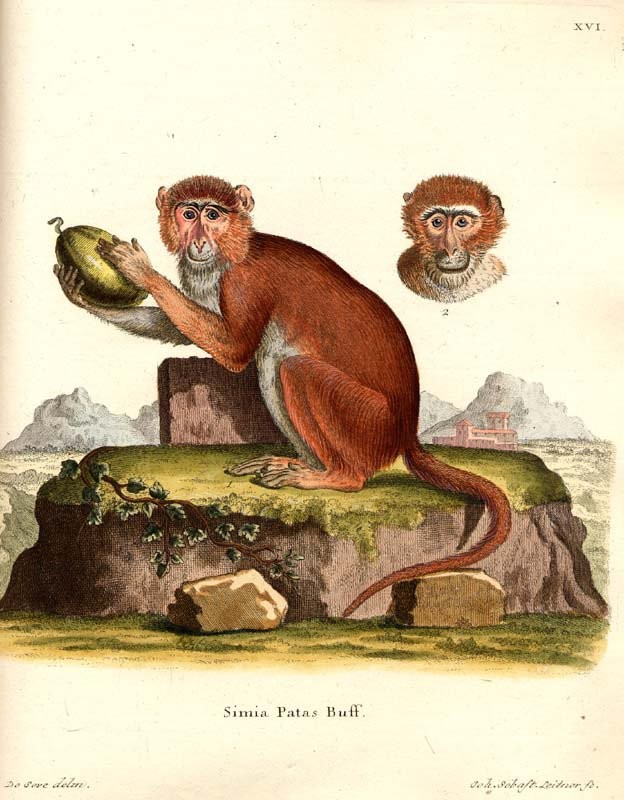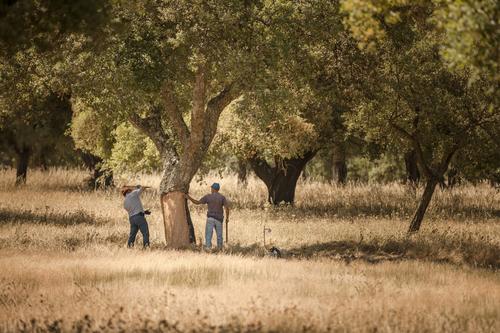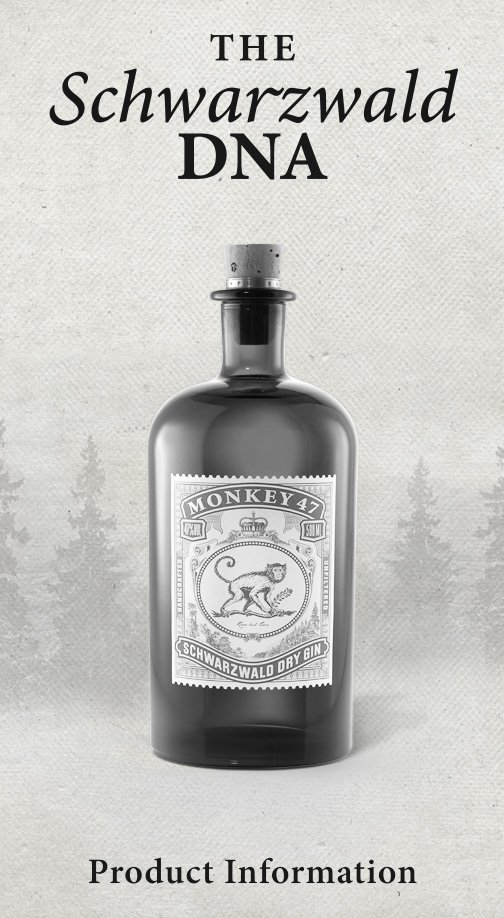Simia Patas Buff
The Fastest Primate In The World

The Patas Monkey is a medium to large sized species of Old World Monkey that is found inhabiting the open grasslands of Central Africa. Also known as the Military Monkey, the Hussar Monkey and the Red Guenon, the Patas Monkey is the only member of it's genus due to the fact that it has long limbs and short digits which are adaptations that enable it to run at great speed. Their long back legs are so powerful that they are able to reach speeds of up to 35mph making them the fastest primates in the world.
Due to the fact that Patas Monkeys are found in more open areas, they have not been as affected by deforestation in the same way as many other primates. The Patas Monkey has a long and slimly built body covered in shaggy fur, which is white in colour on the underside and red on the back. The Patas Monkey is natively found in a broad band throughout Central Africa that is bordered by the Sahara Desert to the north and the moist tropical conditions of the equatorial forests to the south. The Patas Monkey is a sociable animal that is found in troops of between 10 and 40 members with only one older, dominant male and the rest being females with their young.
Unlike numerous other primate communities, Patas Monkey troops are led by the females who protect their home ranges from intrusion by other troops. The Patas Monkey is an omnivorous animal that consumes a wide range of both plant matter and small animals in order to survive. They primarily feed on Acacia fruits, galls and leaves along with other seasonal fruits, flowers and tree gum. Although comparatively little is known about the predation of Patas Monkey relative to similar species, it is generally thought that due to their size, they are preyed upon by numerous carnivores that share their habitats. But the biggest threat to Patas Monkey populations is thought to be the capture of them for sale either into the exotic pet trade or to science for medical research. It is estimated that over 1,000 individuals are caught every year -1000 too many.





















